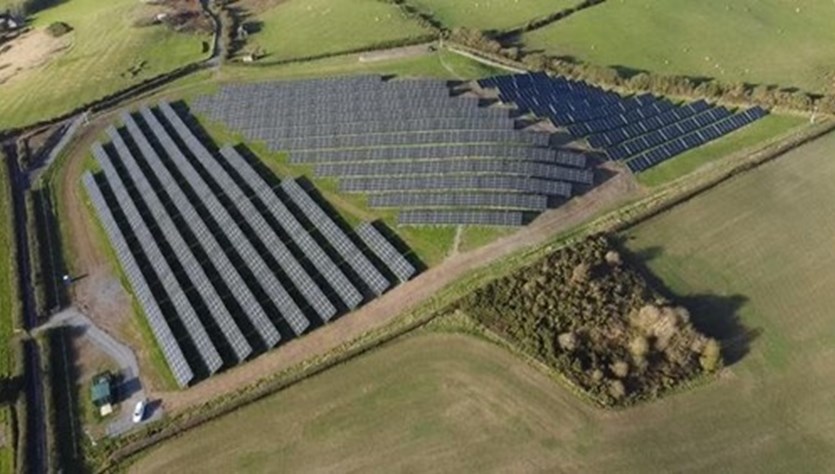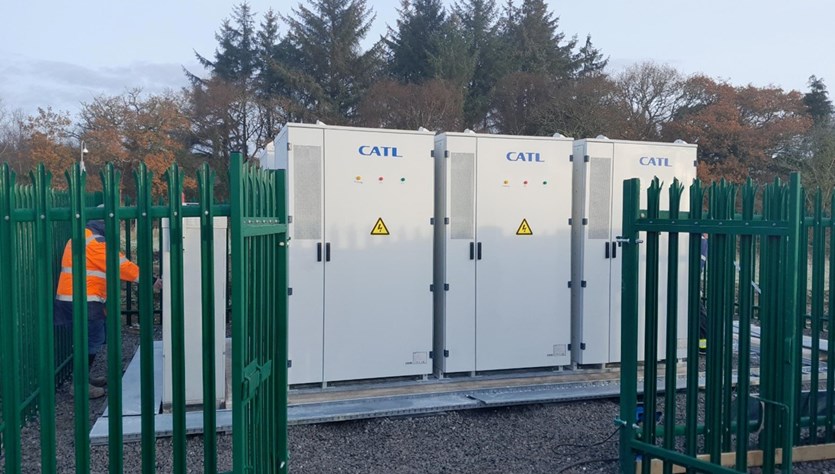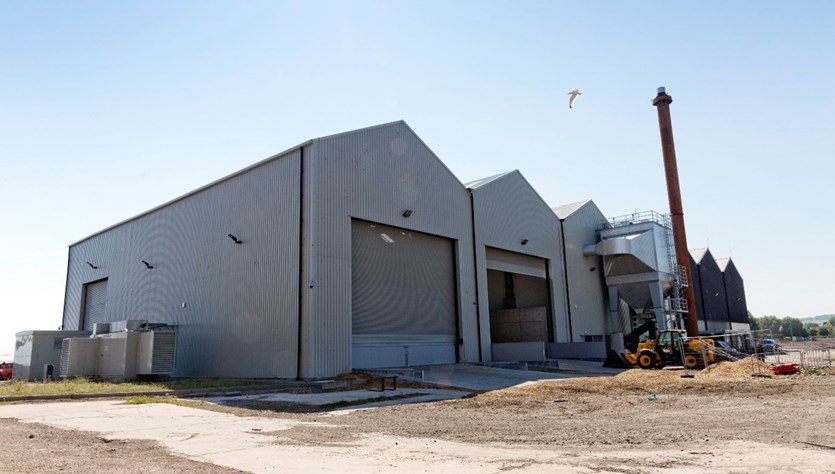There’s an old saying that the best time to plant a tree is 20 years ago and the second-best time is today. It could be argued that the same outlook is warranted for the Higher Education sector’s approach to decarbonisation.
Whilst some Universities have already slashed thousands of tonnes of carbon from their scope 1 and scope 2 emissions, others are still in the early stages of their decarbonisation journey and the pressure will mount as their net zero deadlines approach.
Slightly complicating the bigger picture is the fact that there are multiple net zero carbon deadlines to be taken into account. At one end of the spectrum, The Welsh Government have set a target of 2030, leaving little over 6 years for them to achieve their goals. In The Climate Change Act, however, the British Government has set a less stringent target of 2050. It should be noted, however, that 2050 is an “at the latest” deadline and some Universities have declared a climate emergency which has seen them set targets from 2030 onwards.
It's no surprise that the Universities who have the tightest targets are the ones that have made the most progress, as an impending deadline is a great motivator. Aberystwyth University, for example, has a long-term, multi-phase decarbonisation plan in place already, and they are now delivering phase 3 of their programme. The first two phases saw them undertake energy conservation measures and create a 2.5MW solar farm, collectively reducing their carbon emissions by nearly 800 tonnes per year.

Aberystwyth University invested £2.9m to create a solar farm. It has been supported by the Welsh Government Energy Service and funded by a £2.6m loan from Welsh Government via Salix Finance Ltd and the University, with support from the Higher Education Funding Council for Wales (HEFCW).
At the other end of the scale, I meet people from Universities who are struggling to get their decarbonisation journey underway, largely because of other external pressures or limited resources. Whilst some have over 25 years to meet their targets on paper, being slow off the mark means that some institutions have already missed out on tens of millions of pounds in public funding.
As no one knows what the long-term public sector funding landscape looks like, these are golden opportunities which we encourage Universities to pursue.
The Public Sector Decarbonisation Fund has put hundreds of millions of pounds into the public sector, with tens of millions making its way into Higher Education, which is great news… for some.
The gap between announcing PSDS is open for entries and the portal closing is generally a matter of weeks. This period is too short for a “standing start” and many Universities have been left floundering, whilst their better prepared contemporaries have received sizeable amounts of grant funding.

Swansea Bay UHB may be in the Healthcare Sector, but they have made the most of public sector funding and acted quickly; Higher Education establishments can learn a lot from their example.
Swansea Bay UHB Solar PV Farm Installation - Full-scope solar pv farm installation for Swansea Bay UHB that guarantees minimum savings of more than £1.5 million a year.
The solution to this is to prepare. By developing your decarbonisation plan you will have most of the information you need to apply for pots of funding as they appear. The PSDS fund is a major source of funding, but it is not the only game in town and by having your decarbonisation plan in place, you’ll be agile enough to apply for funding as it’s announced.
Having a thorough understanding of how you use energy, where your emissions come from, which measures will reduce emissions and how much it will all cost are all essential pieces of information to have. The Universities who have developed their energy models and decarbonisation plans on this basis are the ones best placed to be successful to apply for pots of funding as soon as the opportunities and funding windows are announced.
We have yet to meet a University who have achieved net zero in a single bound, and having a thorough understanding of your current energy infrastructure and the improvements you can make allows you to group initiatives into phases which meet the available funding pots.
By adopting a phased approach, you can begin to deliver the most effective measures, which will make the biggest decarbonisation impact and build on that success with each successive phase.
Ideally, you’ll have a phased decarbonisation plan which demonstrates how you’ll get to your net zero target by your target date.
Decarbonisation isn’t happening in a vacuum and seizing opportunities when they come along is key to success. This will not be a solution for all Universities, but some may fall into a “goldilocks zone” which allows them to connect into a wider low carbon energy networks.
These Universities should be contacted early in the development of the energy network and will be courted as potential "anchor customers" in terms of energy demands. This could be a simpler, cost-effective method to decarbonise your campus, but this is a specialist area and will depend entirely on opportunities in the local area.
You will almost certainly have to make changes to your campus to integrate with external energy networks and may require additional modifications or complementary works programmes to integrate. This may be a “niche” solution which applies only to a few Universities, but it will play a part for those lucky enough to tie into town or city-wide schemes.
Many Universities, like the University of York have their own established heat networks. Some may find themselves with an opportunity to tie into larger city and town-wide networks as they expand.
If you have nearby space, such as fields, you may be able to harness solar power. Proximity to water may open up the possibility of water source heat pumps, and derelict or unused buildings could be repurposed as energy centres. Our advice is to take a look at your existing estate and resources and use them to further your decarbonisation needs.
The Higher Education sector is renowned for its ingenuity, and we have worked on a number of innovative projects which have slashed hundreds of tonnes of carbon from their scope 1 and 2 emissions.
A case in point is the University of St Andrews who created a major biomass energy centre at its Eden Campus serving a largescale heat network, which is used to distribute heat several kilometres to its North Haugh Campus. The £25m project was situated in a formerly derelict paper mill and transported the heat via a 23km heat network. This project was an ambitious feat of engineering and reduced their emissions by approximately 6,000 tonnes per year.

The University of St Andrews undertook an ambitious project to convert a derelict site into a state-of-the-art biomass energy centre capable of reducing emissions by 6,000 tonnes per year.
Another example of using available resources is Aberystwyth University who created a solar farm on land they owned, utilising a private wire HV connection to distribute solar power onto its campus.
The University of Liverpool transformed a derelict mortuary into an energy centre, both reducing carbon and safeguarding a Grade 2 listed building in the process.
One thing all these Universities had in common was that they looked at the resources they already had available, and integrated them into their decarbonisation projects.
If you haven’t already got a decarbonisation plan in place, then the first step should be developing one; reaching out to an energy specialist and harnessing their experience and knowledge can make the process much more effective. A core part of this will be to look at your energy consumption and existing infrastructure to identify the best ways to decarbonise.
A good decarbonisation plan will differentiate between short, medium and long-term goals, allowing effective measures such as insulation, lighting and HVAC upgrades to be installed as soon as possible, whilst you can plan for the more complex initiatives in future.
By doing this, you’re building the foundations of success and will create the best pathway to meeting your net zero targets.
If you’d like to discuss a decarbonisation project with us, please email [email protected] or call us on +44 (0)12 5429 6000